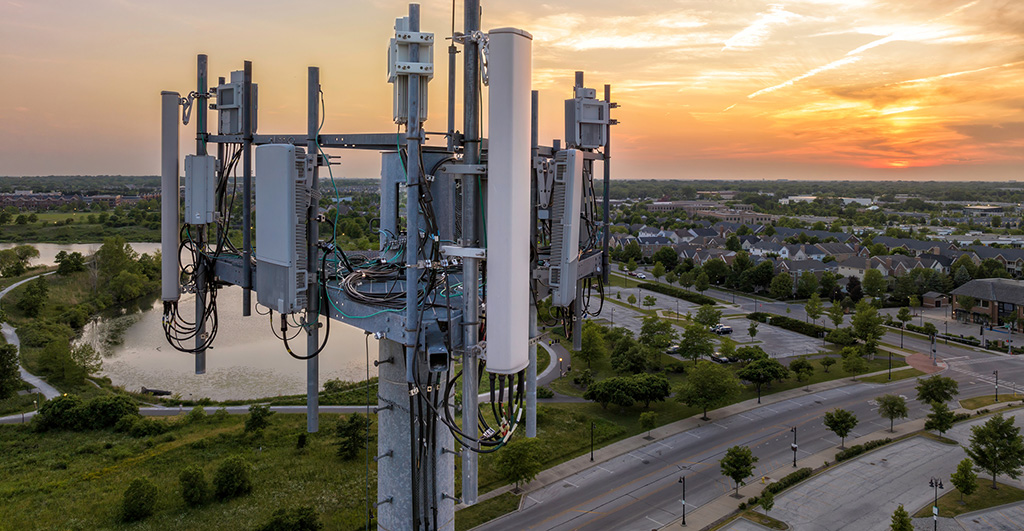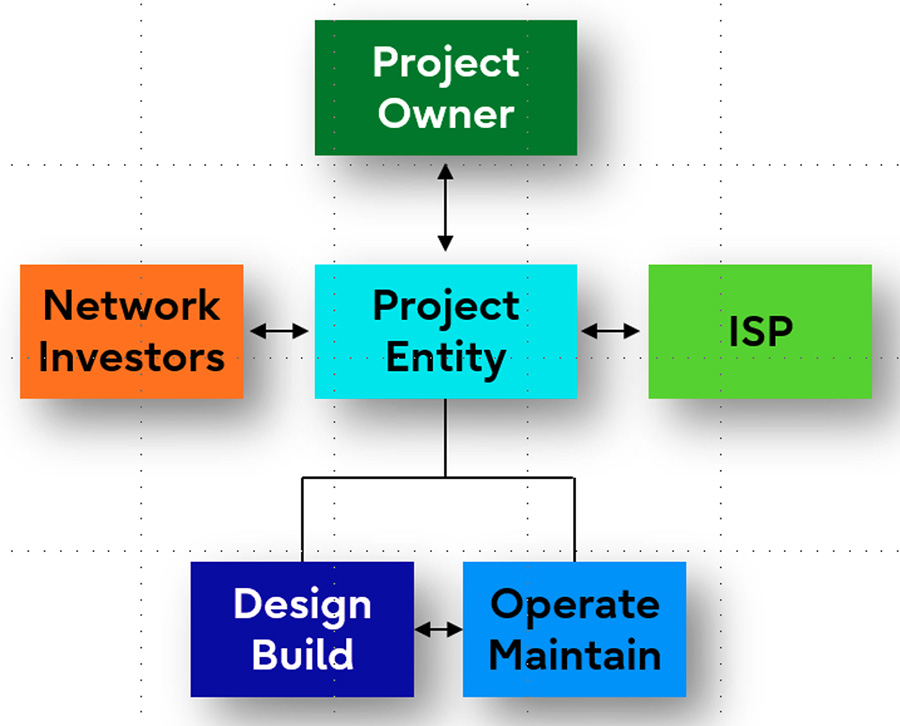
Part 1: The supercharged broadband project
When a seemingly independent set of folks get together to form some sort of league and, despite the challenges, deliver a fantastic outcome, it’s the ingredients for a hit movie.. And the quirkier the members, the more we cheer on their teamwork. Interestingly, this is happening right now in our broadband industry. A disaggregated, shall we say, set of players are uniting in new ways to deliver fantastic broadband outcomes.
Think of it like this: you can supercharge a broadband project by bringing together multiple entities and building a structure where each entity becomes a partner and applies its unique capabilities to take responsibility for a specific aspect of the project. It’s disaggregated in the sense that these partners act in concert to achieve the goal of delivering profitable broadband.
The power of relationships
When we undertake a broadband project, we are not just building a network – we are building a business. While every business needs to have relationships, in a disaggregated broadband project, success is dependent on building strong, authentic, long-term partnerships that offer mutual benefit. These are not transactional arms-length relationships; they are trusted relationships that extend over long periods of time—and that means the relationships themselves are worth your investment of time and effort.
The secrets of successful business relationships: Strength, trust & authenticity
I learned about the true value of these relationships from my friend and colleague Rodney Schlosser, a business development SVP at Asurion who also teaches as an adjunct professor at the University of Texas, Austin. Rodney’s passion project is leveraging is knowledge and experience to teach the next generation about the importance of business relationships in a class called “The Art of Business Relationships.”
Rodney’s key message is that strong, powerful relationships are the biggest differentiator in your success. He teaches that there are five steps to build these strong, trusted, authentic relationships, which are, in essence:
- Prepare: Learn the person, circumstances & company
- Discover: Plan what you need to ask
- Listen: Capture what you hear & see
- Map: Determine next steps
- Fuel: Allocate resources against this relationship vs. others over time
We’ve all heard some of this stuff but Rodney’s course really puts it all together. One of his quotes I like best is “Every day you are competing for share of mind, share of time, share of wallet, and share of commitment.” This is especially powerful in putting together a disaggregated, investor-centric network. Consider all the relationships involved and the trust you have to build. Successfully combining the unique contributions of all these entities so that they operate in concert is the secret of supercharging your broadband project and your broadband business.
Teaming up for long-term success
Usually broadband projects are executed by a carrier who owns and orchestrates the project, often subcontracting some roles to their vendor partners. This dominant model helped build the world’s broadband networks and it is highly refined and good. Recently a new type of player has entered the broadband market: the network investor. Network investors are expanding the range of business arrangements for funding, building, and operating broadband infrastructure. For communities, this opens up new potential to improve local connectivity and increase consumer choice, while maintaining a stake in the outcome. The influence of network investors leads naturally to the idea of the disaggregated broadband project.
The diagram below shows the typical structure of a disaggregated broadband project in terms of the functional entities involved. The boxes are colored differently to represent different organizations, each with its own area of expertise and role to play. Projects using this type of business model aren’t all identical, however. There is ample room for flexibility to meet the needs of the project as well as to accommodate the specific partners and their capabilities. For instance, when a single partner like Fujitsu can provide both design-build and operate-maintain functions, the DB-OM scopes are so tightly connected, there are cost and speed efficiencies that NIs can enjoy.
When we, as humans, are presented with two models, it’s natural to assign good-bad, old-new, or some other binary dichotomy. But in this case, I believe the two broadband models are good-and-also-good. There is room for more than one broadband model.

Functional entities in a disaggregated broadband project
- Project owners – City, county, tribe, private network
- Project entity – The broadband business and operational entity
- Network investors – Partners who provide funding
- ISP – End-user service provider
- DB/OM – Design-Build and Operate-Maintain partners who build and maintain the network
Coming up…
In part 2 of this series, I’ll dig into each of our extraordinary partners in turn and highlight how the network investor model encourages partners to work closely together.